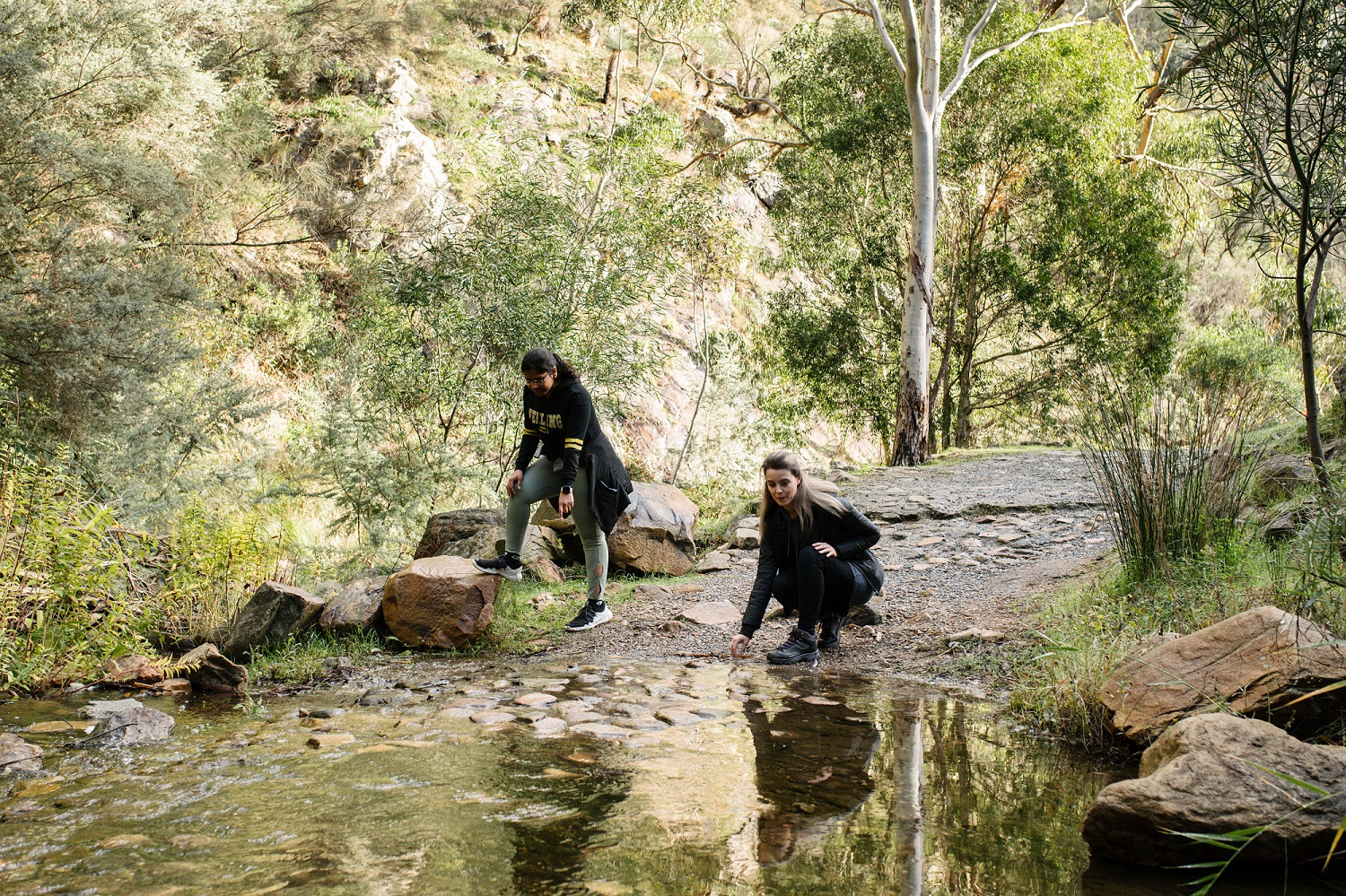Waterways are wet, filter trash and home annoyingly cute wild animals. Read on to find out our top reasons why we hate waterways and why you should too. Disclaimer: sarcasm alert.
Is there anything worse than a peaceful stroll along a creek or river?
Add cute ducklings paddling around having the time of their life and fish occasionally popping up to say hello and your day has really been ruined.
Read on to find out what exactly waterways are and why we’re not a fan.
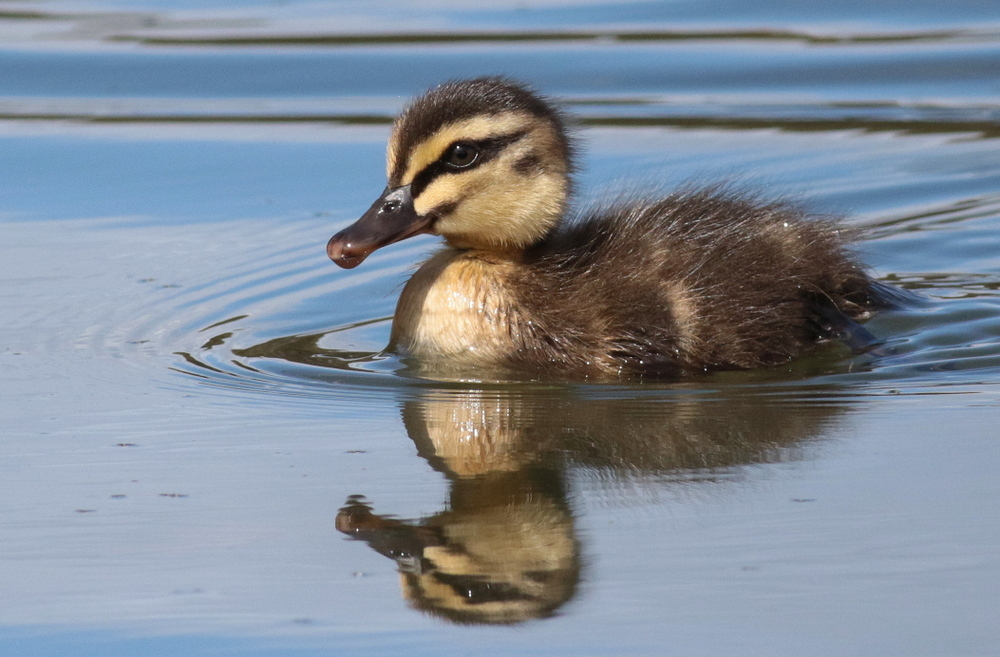
What is a waterway?
A waterway is any natural watercourse that holds water or where water flows – it includes watercourses that have been modified by people but not ones made from scratch by humans. So, backyard ponds don’t count.
Examples of waterways include creeks, rivers, lakes, on-stream dams and estuaries.
We’ve got lots of them around Adelaide, like the River Torrens / Karrawirra Pari.
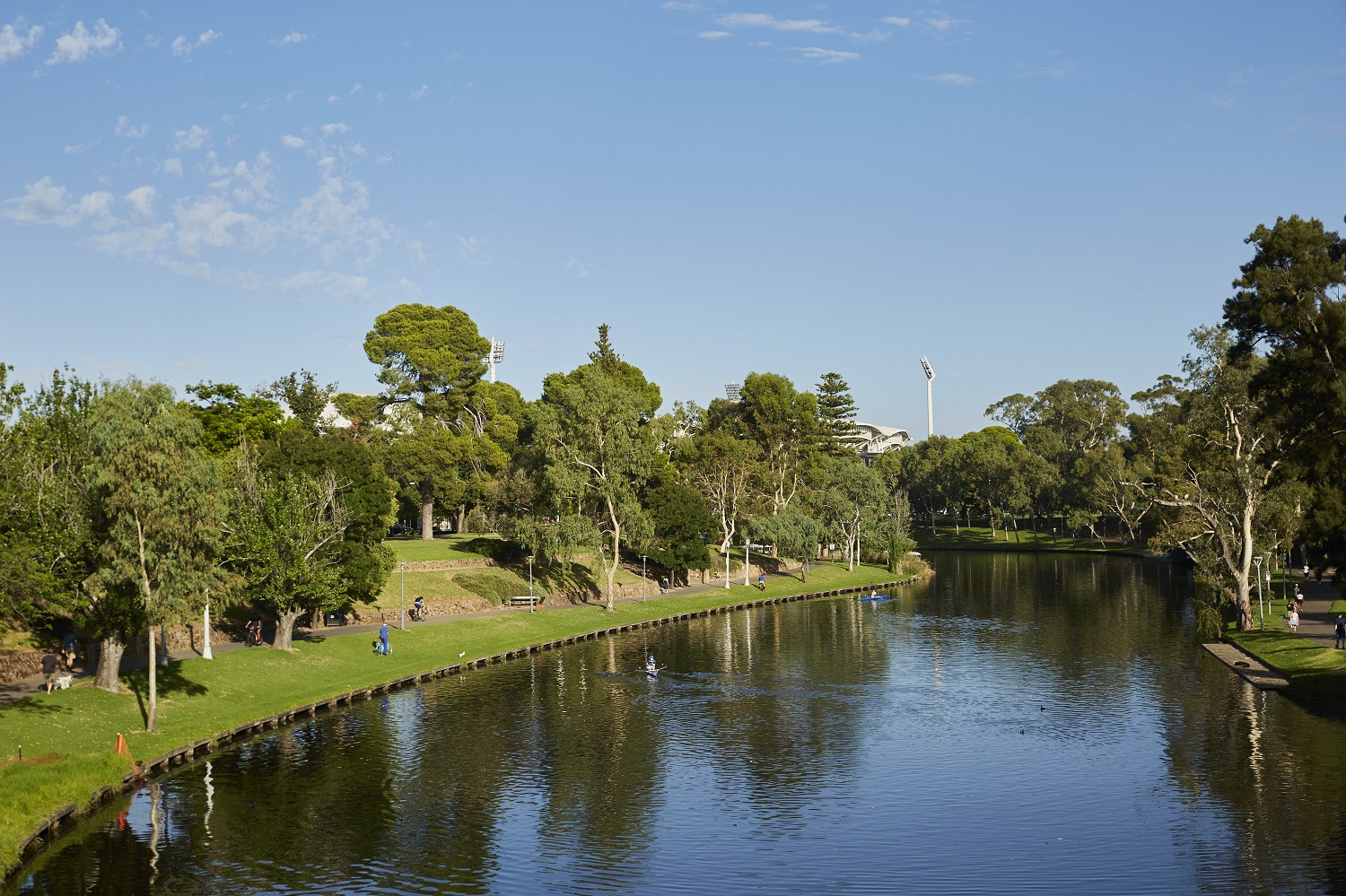
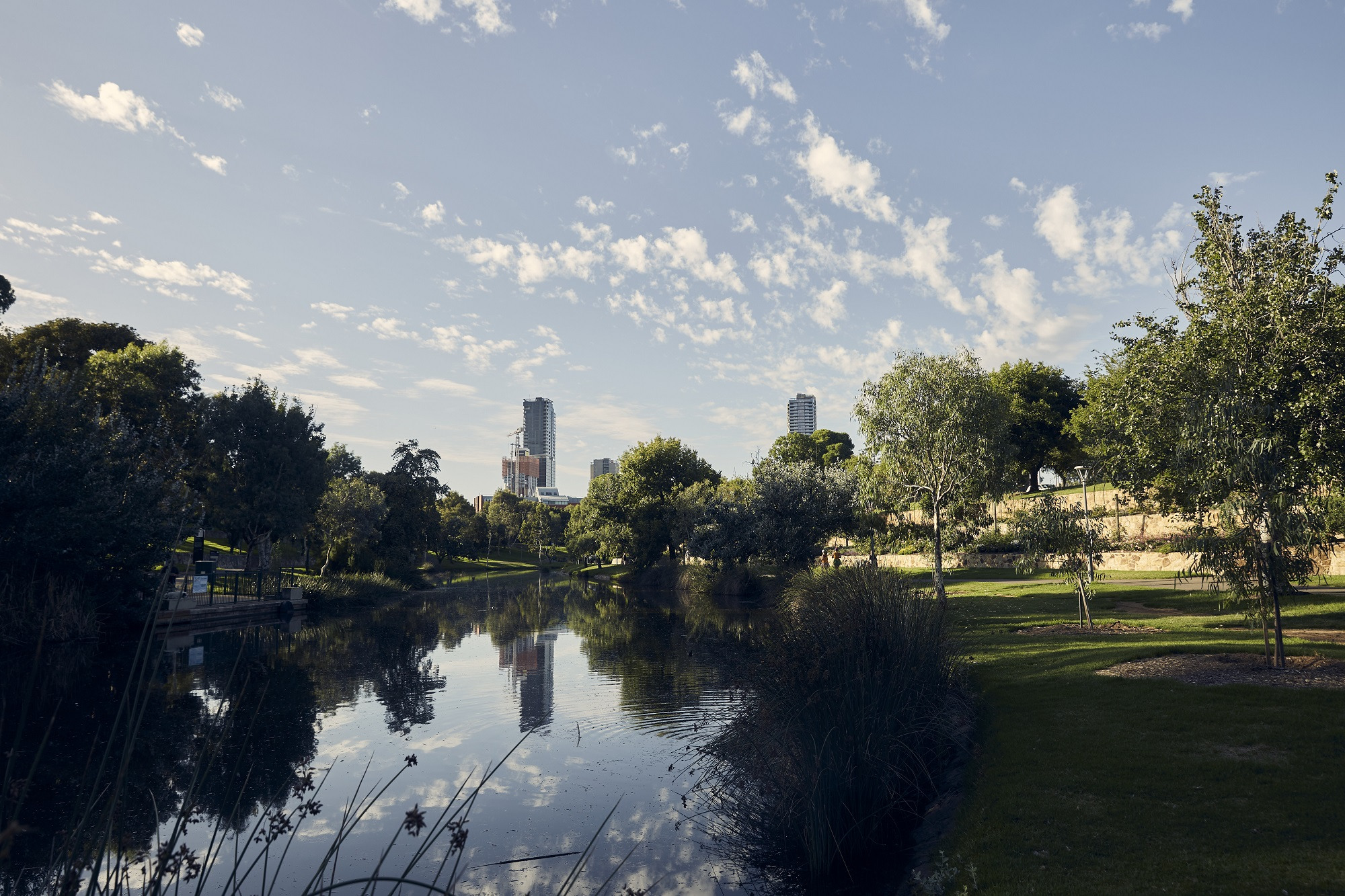
Now onto why they’re a big ol’ problem…
1. They clean stormwater while moving it out to sea
When it rains, that water must go somewhere – and along the way it collects things like fallen leaves, grass clipping, fertiliser, pesticides, cleaning products, paint and dog poop. That water, with all the things it has collected, eventually ends up in our waterways.
Waterways help purify the water before it gets flushed out into the ocean.
This is all done without payment or anyone asking them to do it. It’s like the neighbour that comes over with cookies you didn’t request when you first move into the neighbourhood. It’s not nice, it’s annoying, right?
Plus, maybe we should just let all those pollutants go out to sea?
2. Native animals love them – in fact, they rely on them
This could really be 338 reasons but it would make this blog too long – so here they are in dot point:
- 244 species of birds
- 27 mammal species
- 47 reptiles
- 13 freshwater fish
- 7 frog species
That’s a lot of native animals. Among them are the likes of the Australasian grebe, white-faced heron, pink-eared duck, rakali, spotted marsh frog and pouched lamprey.
Adelaide doesn’t need so many cute, fluffy, furry, feathered creatures hanging around its suburbs. We wouldn’t want the city to be too wild, right?
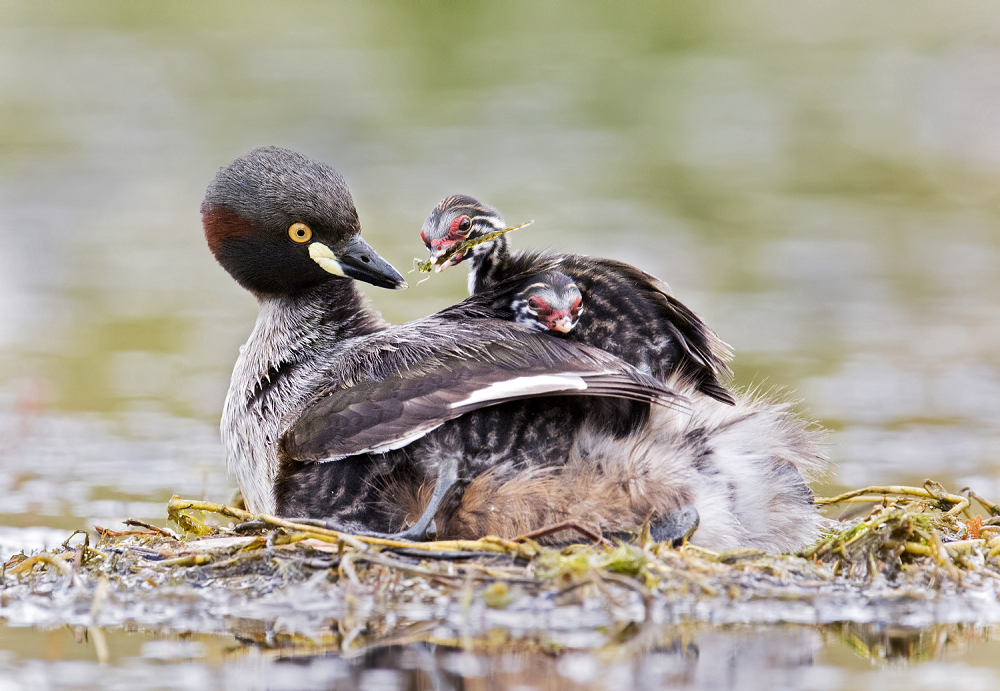
3. They are a home for native plants
Native plants provide food and shelter for our local animals – like the ones mentioned above – so it only makes sense to lump them all together as part of the problem.
The natural areas along waterways are especially bad because they form ‘wildlife corridors’ that connect otherwise isolated patches of habitat (i.e. places for native animals to call home) across the urban area.
Without these wildlife corridors, some native animals would not be able to travel to find food, shelter and mates – and if they couldn’t breed, then they’d likely die out.
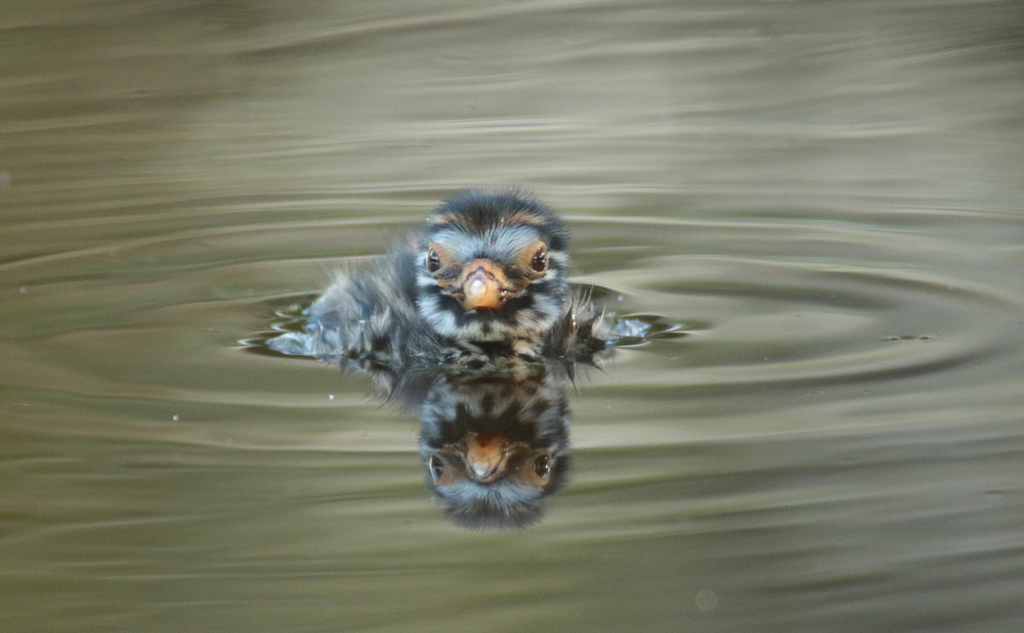
4. They look terrible
Ever been coerced into walking along a river or around a creek?
The water is too calming, the greenery is too cooling, and if you take children with you, there’s a good chance they’ll want to stop and say hello to the ducks – especially in duckling season.
If peaceful is not your vibe, it’s best you don’t visit any waterways.
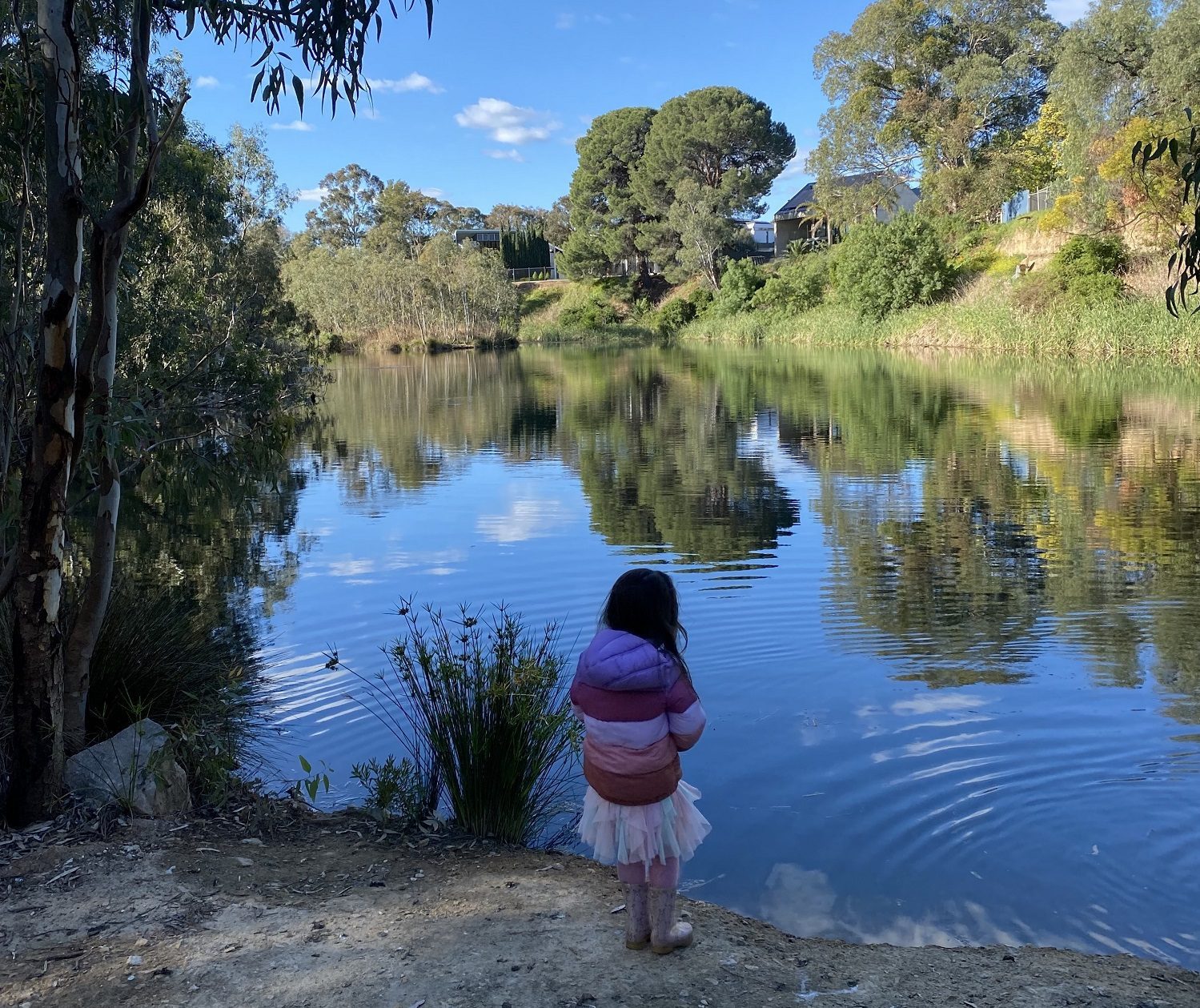
Looking after waterways
There’s no need to look after waterways if you don’t want them to be clean, healthy, surrounded by lush greenery, abundant with local native animals and a welcoming, peaceful spot to visit.
But – if there’s a small chance you do want these things – thankfully everyone can play a part in looking after our waterways, regardless of whether you live near one or not.
Here’s how:
- Choose local native plants for your garden.
- Apply for a permit if you’re building a structure like a shed or fence in or near a waterway.
- Remove invasive plants, like feral olives, blackberries and briar rose (check if you need to apply for a permit).
- Keep outdoor areas pollutant free so that things like cleaning products and even just soap don’t get flushed into our waterways.
- Keep leaves and rubbish out of stormwater.
Find out more about these tips for looking after waterways or check out our guide.
